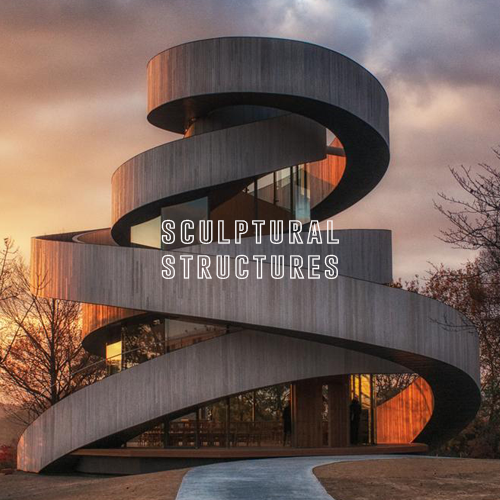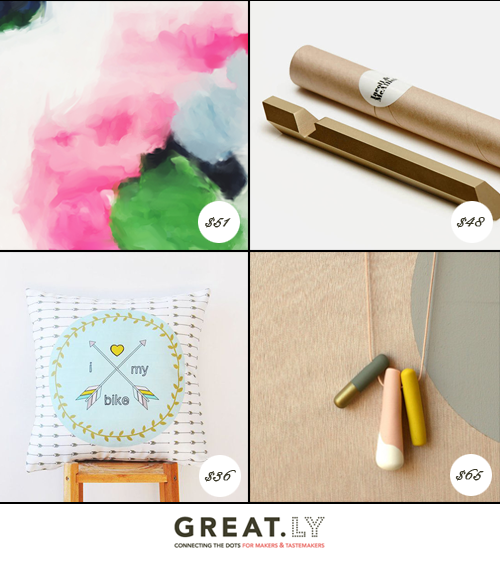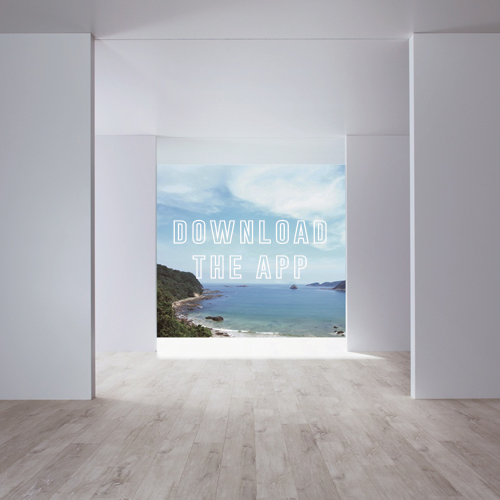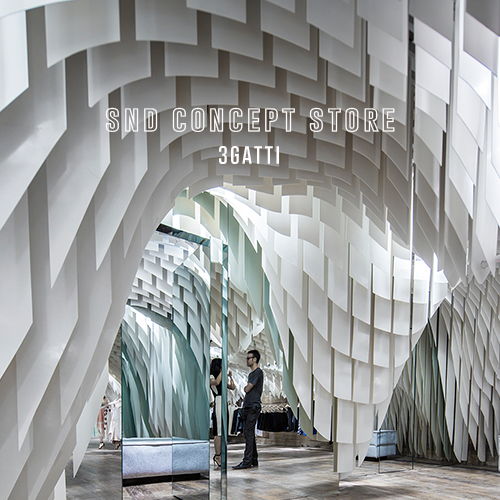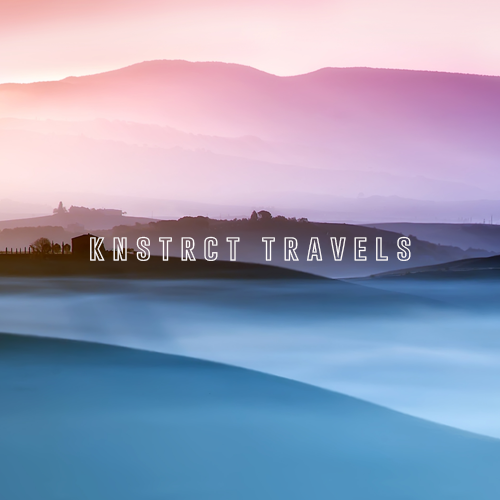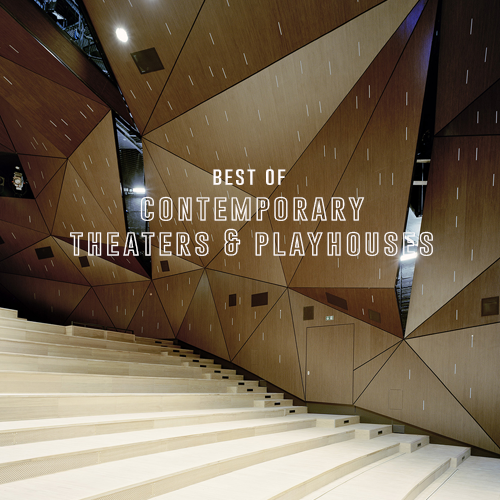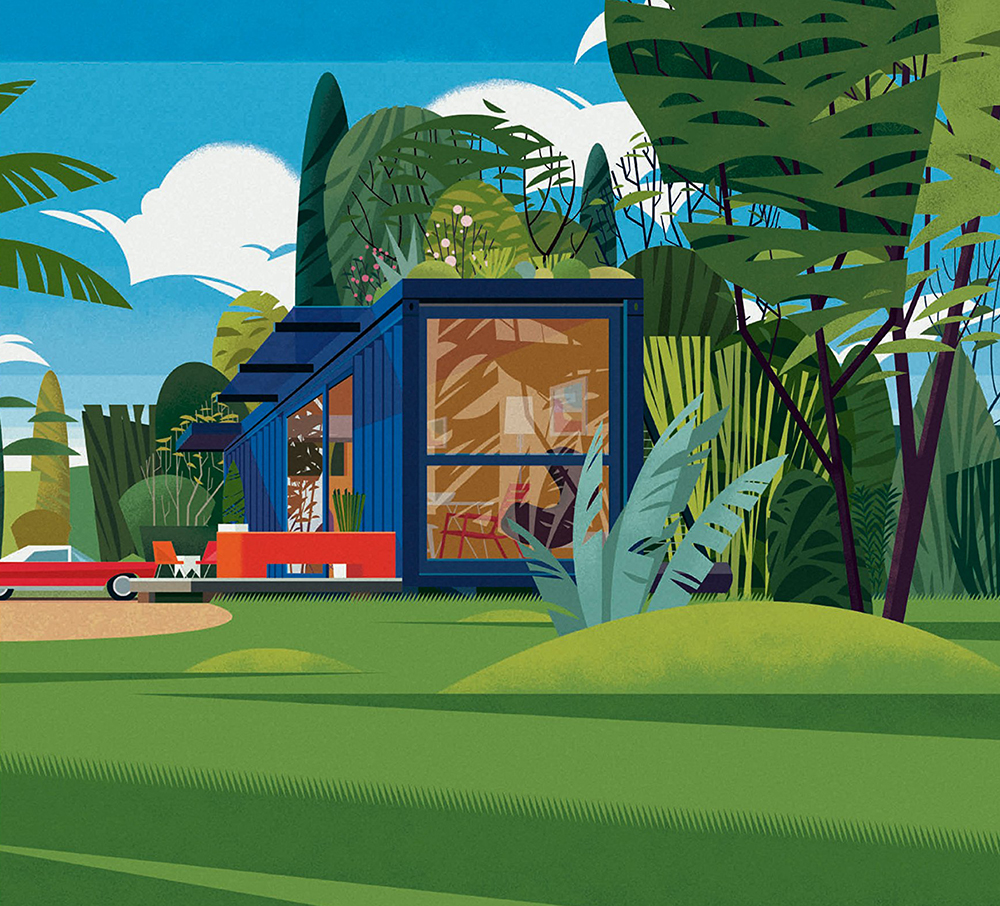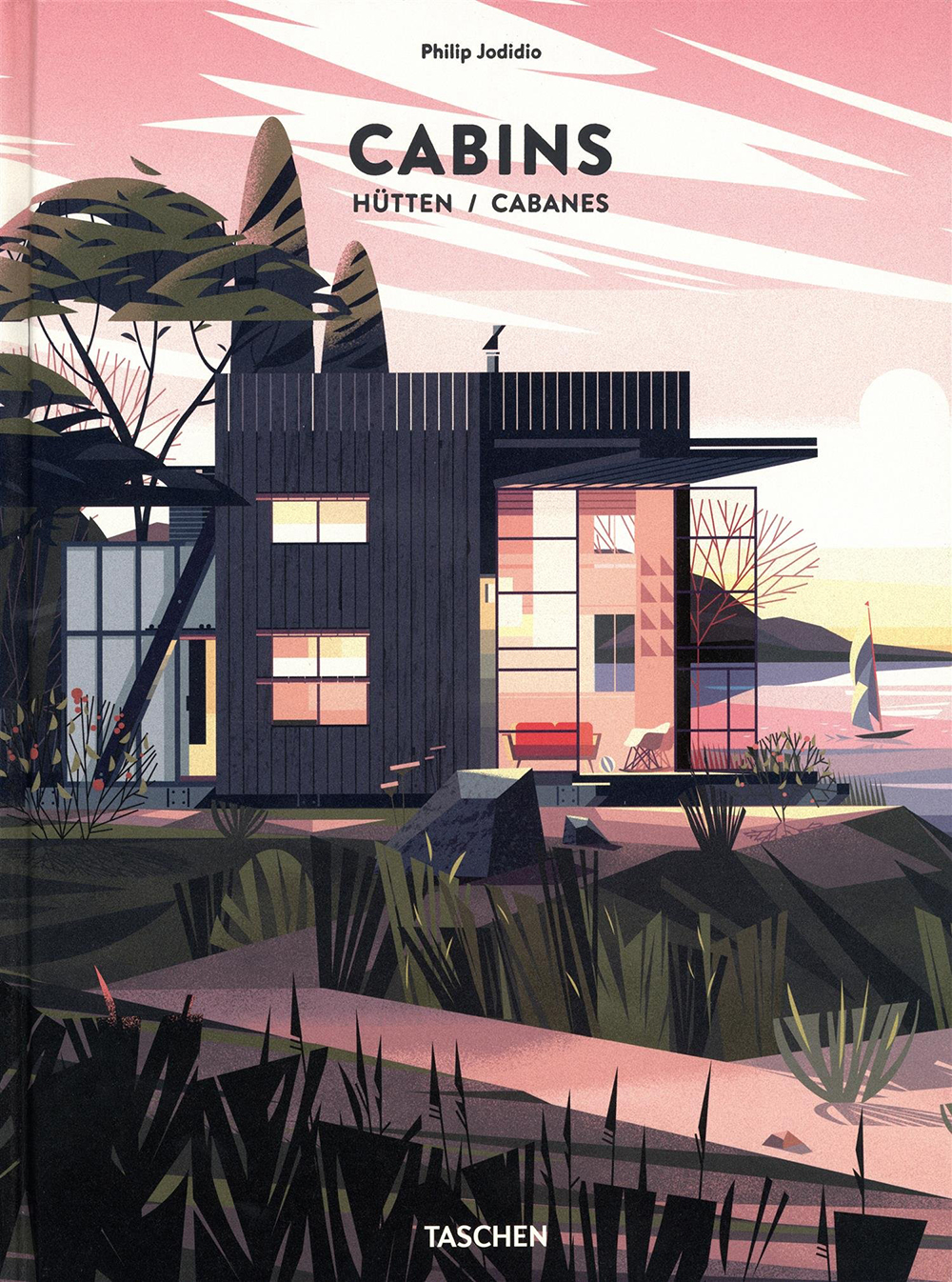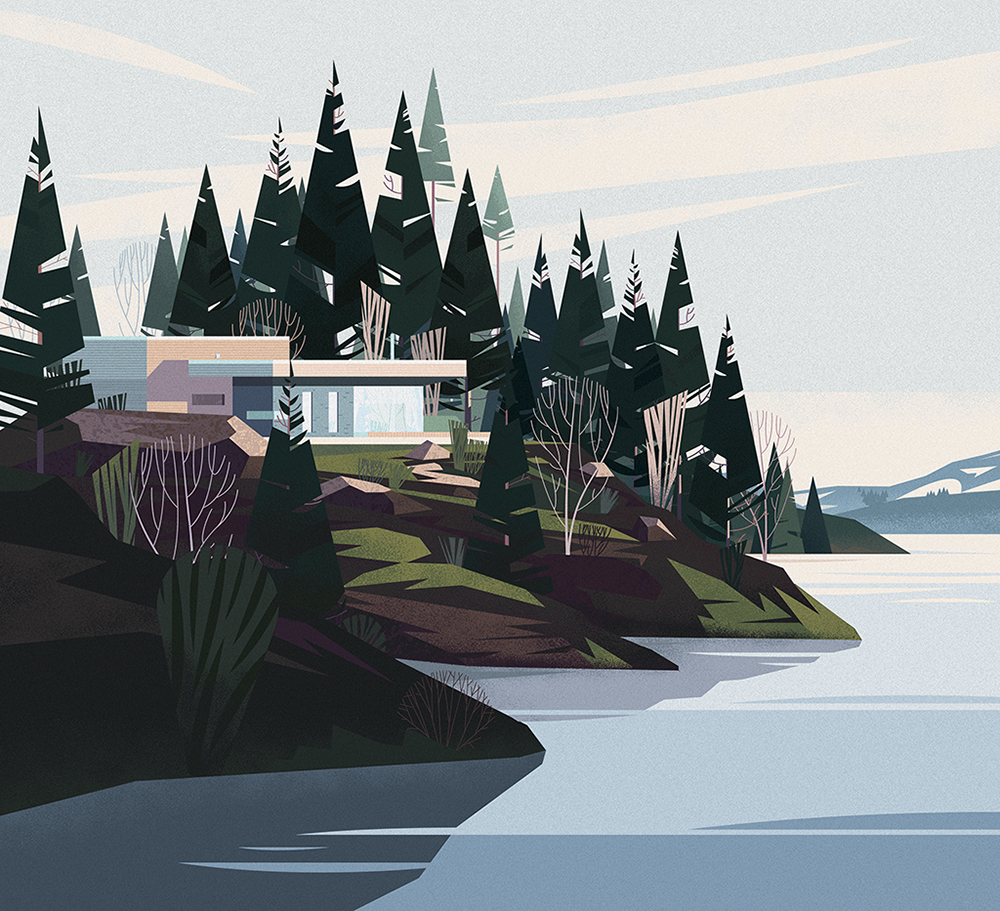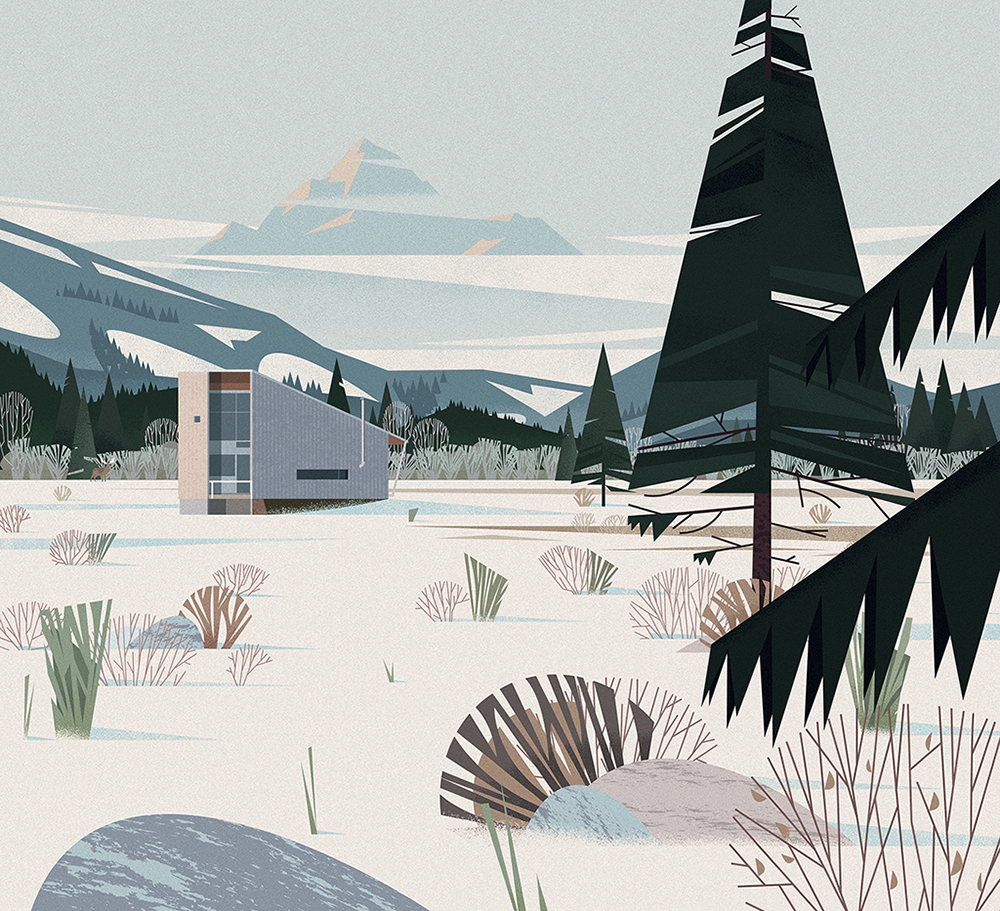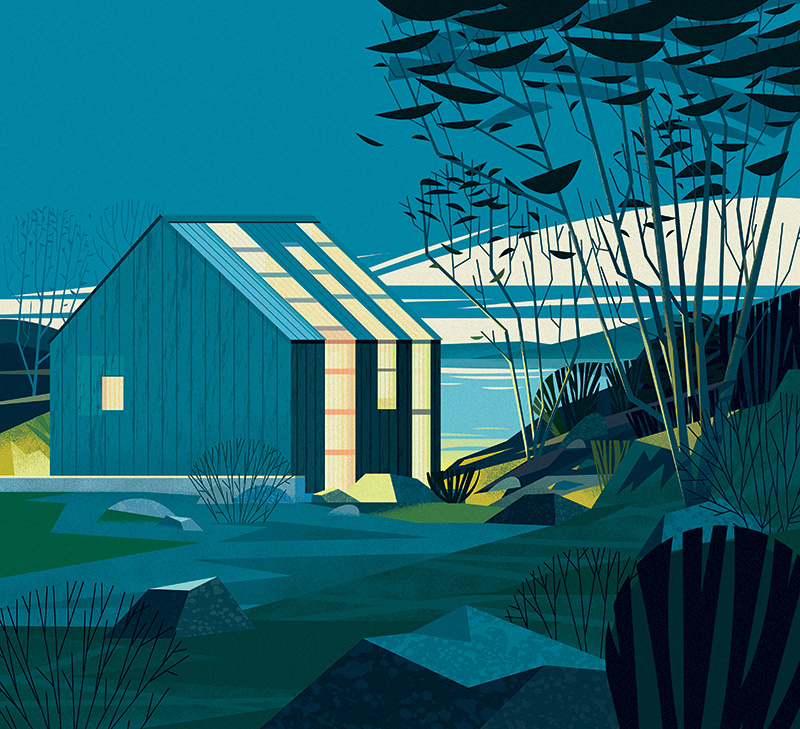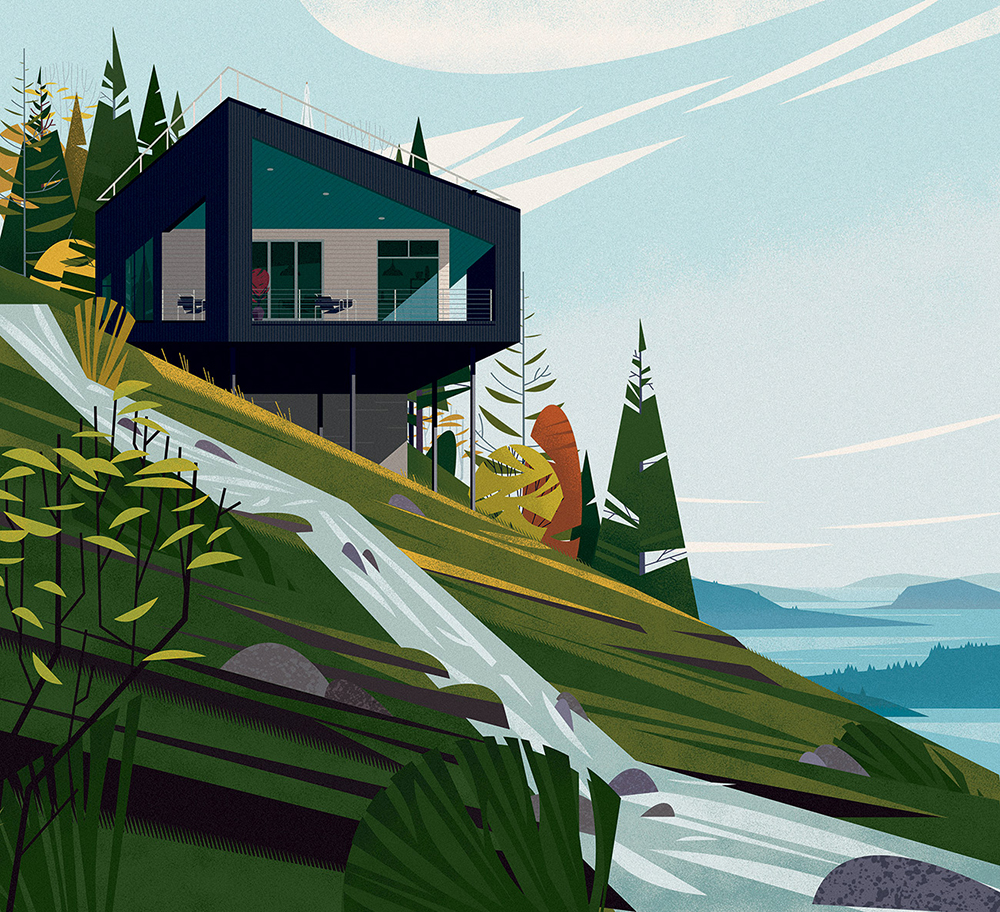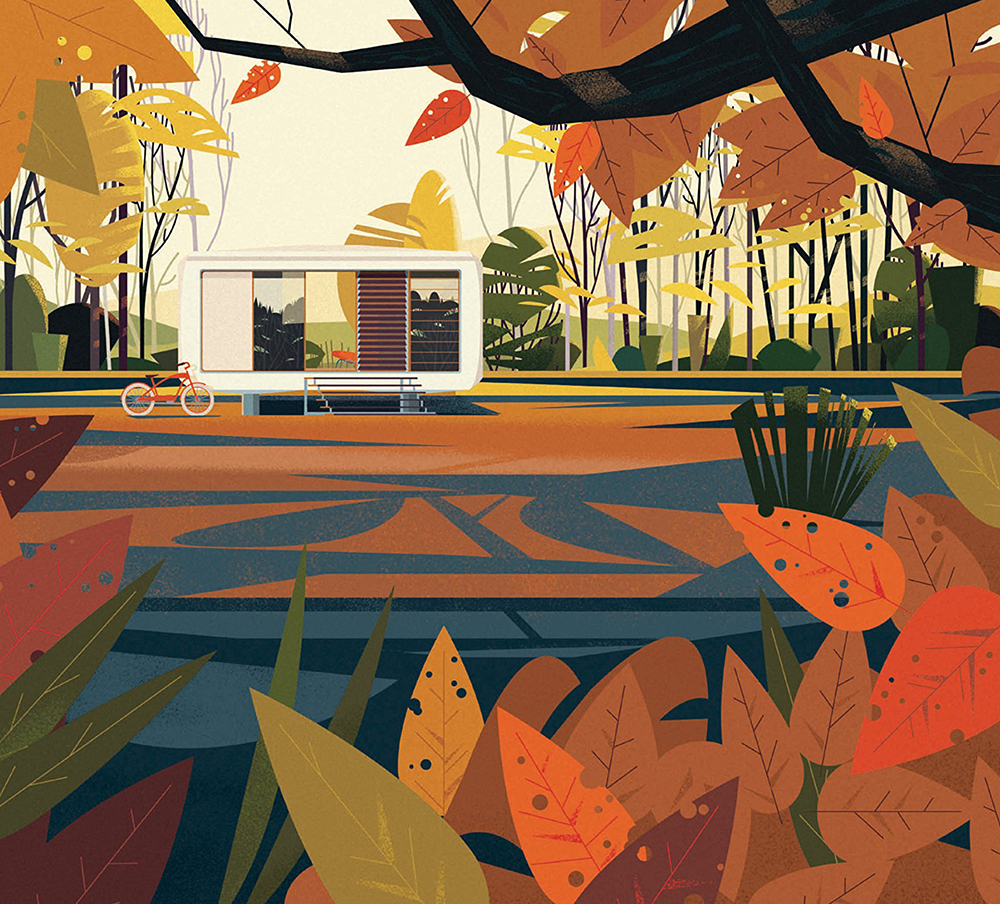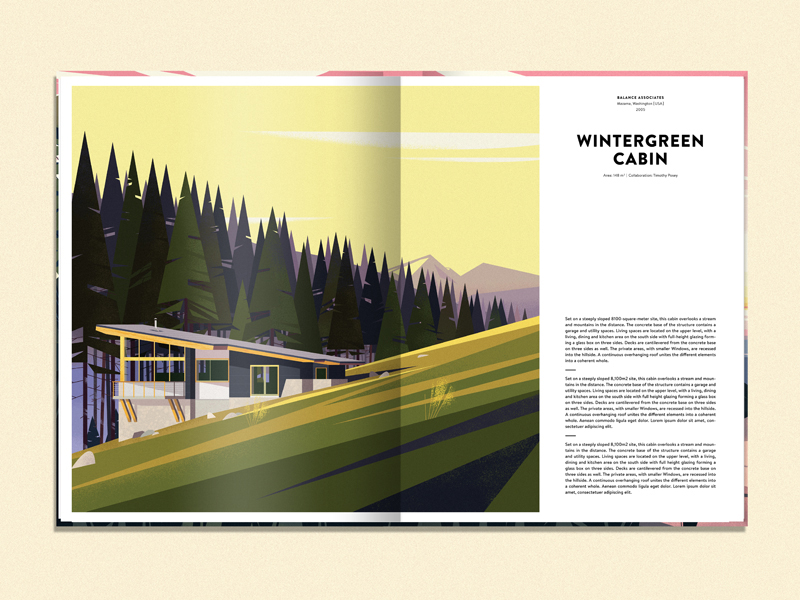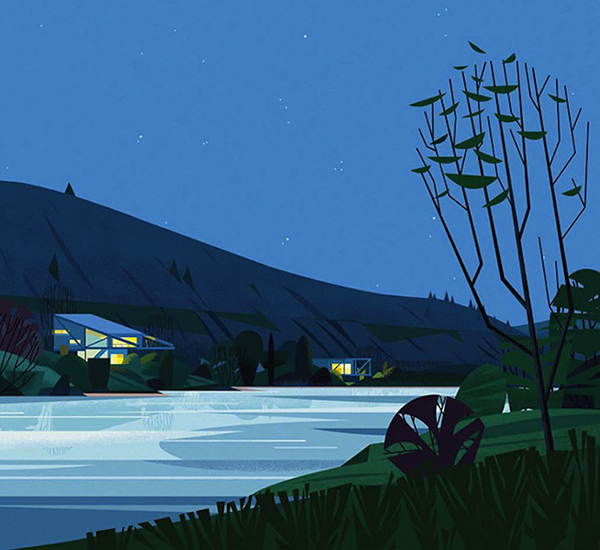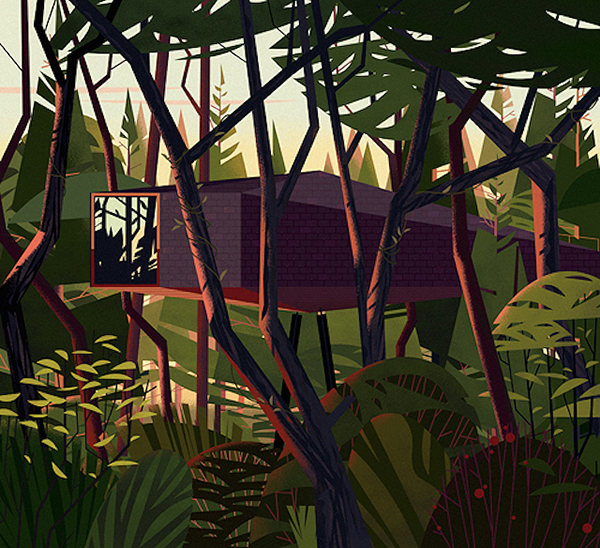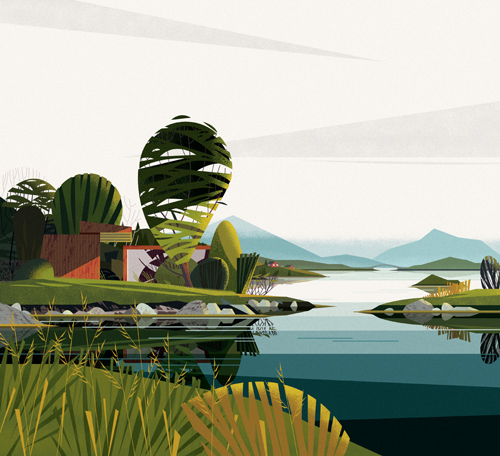The Outsiders: Cabins, Illustrated by Cruschiform Art
/Snapshot: Cabins is a new book published by Taschen and penned by famed architectural writer Philip Jodidio explores the unique designs and creative building techniques of the modern cabin, and features stunning graphic illustrations by Marie-laure Cruschi of French creative studio Cruschiform.
The grass is always greener they say, and while some city dwellers are perfectly content to live shoulder to shoulder and stacked vertically, the call of the wild beckons to many who seek peace, quiet, and bucolic views from the rustic comfort of a cabin. While the tiny homes featured in Taschen publishers new book Cabins are a far cry from the rough-hewn log structures of old, they do embrace the idea of low-impact simplicity, and attempt to create spaces for reverie as calm and peaceful as Thoreau's Walden Pond.
Celebrated architectural writer Philip Jodidio surveys a wide variety of cabins all over the world, focusing on green building innovations, creative use of space, and the idea of "refuge dwelling." Equally important to Jodidio's insights are the graphic illustrations of the cabins by Marie-laure Cruschi of Paris-based Crushiform Art. Presented in concert with photographs of the dwellings, Cruschi's interpretations are something like a dream sequence of reality.
While the imagery faithfully records the shape and design of the cabins, the bold graphic rendering of the surrounding scenery brings it to the fore, where it becomes more wild, vibrant, and present than the actual natural landscapes in the photos. The blocky geometric shapes and flat color saturation are joyful and confident, but a certain restraint of movement and reserve of elements keep the designs from feeling cartoony, and fully illustrate the natural silence and placidity of a cabin in the woods.
Seen next to their photographic counterparts, Cruschi's illustrations add a crucial element to the theme of the book as a visual representation of the romanticized version of cabin life. Most of the cabins featured in the book are retreats, not full time residences, quaint structures in an idyllic landscape that symbolize serenity and reflection. The Cruschiform illustrations perfectly capture that enhanced vision of isolation.


